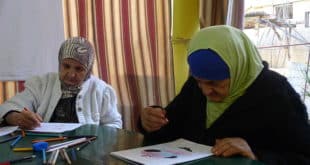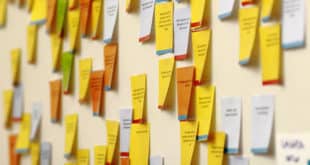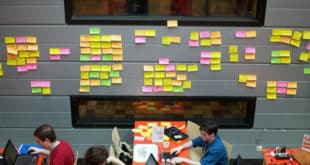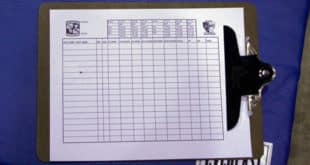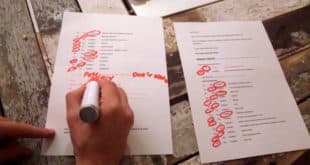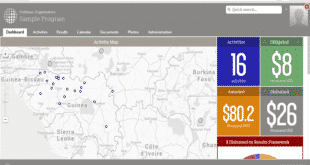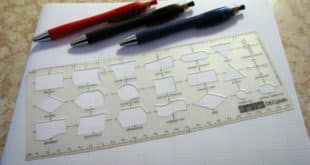Measuring results is important, but not every result can be counted, tracked and fit neatly into an M&E framework. Some results are intangible – things like “empowerment”, “confidence” or “improved capacity”. Just because these things are difficult to count that doesn’t mean you can’t measure them. You just need to measure …
Read More »Resources
How to improve processes with swim lane diagrams
Swim lane diagrams (also called ‘Rummler-Brache Diagrams’ and ‘Cross-Functional Flowcharts’) are a great way to break-down a process and visualise its steps. You can use this method to explore inefficiencies in a process and make improvements. The diagrams are also useful for communicating a process in chart-form to other people …
Read More »Concept Note template
A concept note is a short version of a proposal. Donors often request concept notes as the first step in funding applications. This allows them to screen applications so that only the best ones are invited to submit a full proposal. Usually the donor has their own concept note template …
Read More »Design new products or services using the Human-Centered Design Toolkit
Update: IDEO and +Acumen are partnering to offer a free online course on Human-Centered Design for Social Innovation Last year I did a free design course from the University of Pennsylvania. The course wasn’t specifically for international development – most of the practical exercises were on designing a new type of ice-cream scoop. …
Read More »Swim Lane Template (Cross-Functional Diagram)
Swim Lane diagrams are used to document and visualise processes in and between organisations. Mapping out the steps that groups / departments undertake can help to identify problems and areas of inefficiency. This simple Swim Lane diagram template can help you visualise processes in your organisaiton. Download the Swim Lane …
Read More »How to write a supervision checklist
Supervision checklists are used during monitoring to verify if an activity has been implemented correctly. They can also be used to give feedback to the person running the activity to help them improve. Here are a few tips on how to design supervision checklists for international development / aid programs. You …
Read More »Supervision Checklist template
Supervision checklists are used during monitoring to verify if an activity has been implemented correctly. They can also be used to give feedback to the person running the activity to help them improve. For tips and advice, see our guide on how to write a supervision checklist. This template provides a general framework …
Read More »What is an Aid Information Management System (AIMS), and do you really need one?
As the rest of the world is moving towards big data and cloud computing, so too is the development community. An Aid Information Management System (AIMS) is the latest buzzword for a piece of software that stores data on all your projects, budgets, activities and indicators. What can it do? AIMS come in …
Read More »How to do a basic cost-effectiveness analysis
In international development / global aid programs, ‘cost-effectiveness analysis’ is a term given to comparing the relative costs of achieving the same outcome using different activities. For example, if a program uses one-on-one outreach to promote antenatal care for pregnant women, and another program uses mass SMS to do the same …
Read More »How to create a monitoring and evaluation (M&E) system – step-by-step guide
At tools4dev we get a lot of emails from people who want to make a monitoring and evaluation (M&E) system for their program, but don’t know where to start. If that sounds familiar then this guide is for you. Know your program Before you start work on the M&E system it’s important …
Read More »
